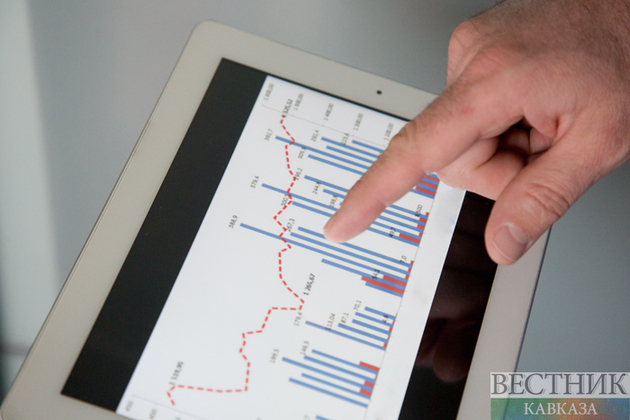Today, all look to Asia for solutions, with the memory set in 2008 when China pulled the world economy out of the abyss.
Unfortunately, according to experts from Asia Times, despite the 180-degree turn the Chinese government has recently implemented in its Covid policy, we cannot expect either China or Asia to pull the world back from the growth slump we are heading into. The reality is that the world is in a very different situation from 2008. The global financial crisis began with a wave of defaults among the worst borrowers in the American housing market, namely the sub-prime mortgage market, spreading quickly to the rest of the world through the financial channel.
China managed to cushion the impact of the financial shock as well as the collapse of Western economies thanks to a huge stimulus program estimated at 30% of gross domestic product, which makes Western Covid-related stimuli pale.
The potential light from Asia to the global economy in 2023 no longer comes from fiscal or monetary stimuli but from the clampdown on China’s zero-Covid policy, which clearly hampered the country’s growth in 2022 as well as in 2020 and 2021 through the first wave of the epidemic.
With the very fast opening of the economy that China is currently undergoing, we should expect GDP growth close to doubling that of 2022 with a positive – but still moderate – impact on the rest of the world.
There are some reasons for this. The first is that China’s own external environment is vastly worse than it was after its exit from the first Covid wave in 2021. At that time Western economies were undergoing huge pent-up demand and their monetary policies were still lax.
Now, both the US and Europe are heading toward a recession (at least a technical one) with record-high interest rates to combat unprecedented inflation, at least when compared with the past few decades.
Moreover, large parts of the emerging world has serious difficulties repaying their debt, which needs to be served at much higher interest rates.
Beyond the export weakness and the worsening global financial cycle, China’s consumer confidence will take time to recover fully, especially given high youth unemployment and sluggish growth in disposable income.
The fact that the shift in Covid policies has been so abrupt explains why Chinese make take some time to engage in consumption decisions, especially in durable services and goods, not to mention housing.
To add to the headwinds, China’s fiscal space is now much smaller than in 2008 given the strong accumulation of public debt since. On the monetary side, the room to cut interest rates is also constrained by the very hawkish US Federal Reserve and high rates globally.
All in all, China should be able to grow by 5.5% in 2023 from 3% or less at the end of the current year. This is far from 8% in 2008 or 8.1% in 2021, after the first wave of Covid. In other words, China’s support to the global economy will be more limited than one could expect based on the fast opening of its economy after strict zero-Covid policies.
South and Southeast Asia
Moving from China to the rest of Asia, 2023 will be more challenging than 2022, which was especially positive for most Southeast Asian countries, let alone India, thanks to the very positive base effect, after the strong Covid wave in 2021 and second, the opening of Asian economies from Covid restrictions.
Both factors will no longer be present in 2023, while interest rates will be much higher after Asian central banks have tried to follow the Fed, although generally much more mildly.
Still, much of the inflation that energy and food subsidies have managed to mitigate in 2022 might appear in 2023 as Asian economies can no longer put up with the fiscal cost of such subsidies.
On the positive, foreign investment is expected to continue flow into Southeast Asia and India in 2023 as supply chains continue to reshuffle even after China has opened, but the amounts of investment will probably be more moderate.
All in all, Southeast Asian economies, as well as India, are expected to decelerate in 2023, which will blur further the positive impact on the rest of the world of China’s reopening after zero-Covid policies.






